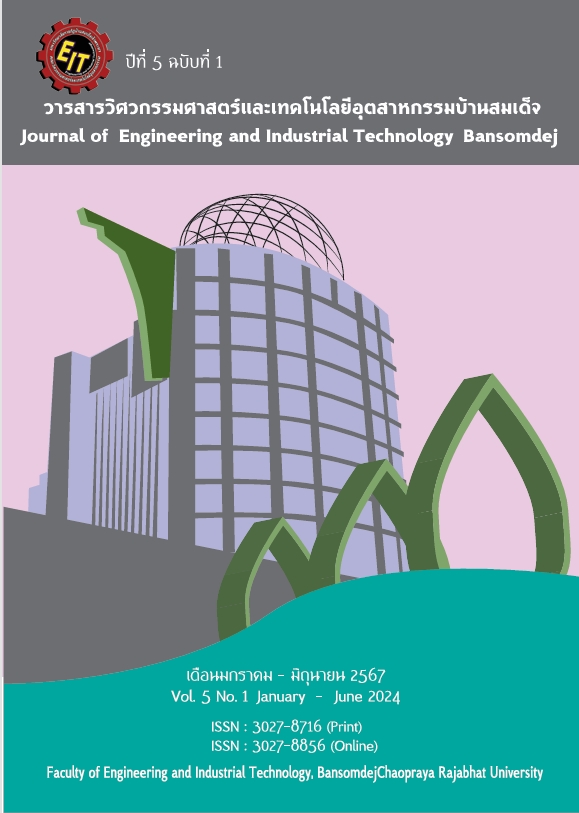Refuse Derived Fuel: RDF
Main Article Content
Abstract
This article will talk about solid waste fuel, or RDF. Solid waste fuel, or RDF, is a form of solid fuel that is obtained by taking municipal waste and improving both its chemical and physical components, such as the digestion process. Waste separation process And has been improved in quality and has properties such as calorific value, size, humidity, density, and has consistent chemical and physical composition suitable for use as fuel for producing electrical energy. or heat energy The characteristics of solid waste fuels can be divided into 7 types: 1. RDF1 type: Using waste as fuel in the same condition as when it was stored without going through the waste transformation process, but large parts may be separated by hand. 2 . Type RDF2: Taking the collected waste through a process of separating non-combustible parts, such as metal and glass, grinding or chopping the waste to a coarse size. 3. Type RDF3: Taking the collected waste through a process such as Same as RDF2, but the size will be reduced so that 95 percent of the solid waste that is sorted has a size smaller than 2 inches. 4. RDF4 type takes the solid waste in the combustion process by making it stay. in the form of dust or powder with a size smaller than 0.0035 inches. 5. Type RDF5 takes the combustion portion of solid waste through a briquette process with a density greater than 600 kg/m3, with the addition of various additional components. into it to have the desired properties. 6. Type RDF6 takes solid waste in the combustion process through a process to make it into the form of liquid fuel. or semi-solid, semi-liquid 7. Type RDF7 takes solid waste in the combustion process through a Gasification process to produce Syn-gas that can be used as gaseous fuel.
Article Details
References
เชื้อเพลิงขยะมูลฝอย Refuse Derived Fuel : RDF คืออะไร. สืบค้น 21 พฤษภาคม 2567 จาก
https://www.eeg.co.th/content/28069/เชื้อเพลิงขยะมูลฝอย-refuse-derived-fuel-rdf- คืออะไร.
เชื้อเพลิงขยะ (RDF) กรมพัฒนาพลังงานทดแทนและอนุรักษ์พลังงาน. สืบค้น 22 พฤษภาคม 2567 จาก
https://oldwww.dede.go.th/ewt_dl_link.php?nid=48935.
ปริมาณและอัตราการเกิดขยะมูลฝอยที่เกิดขึ้น ปี พ.ศ. 2562 – 2566 กรมควบคุมมลพิษ. สืบค้น 21 พฤษภาคม 2567 จาก https://www.pcd.go.th/wp-content/uploads/2024/05/ pcdnew- 2024-05-09_07-53-50_682275.pdf.
ปริมาณขยะมูลฝอยที่เกิดขึ้นถูกนำกลับมาใช้ประโยชน์ถูกกำจัดอย่างถูกต้อง และถูกกำจัดอย่างไม่ถูกต้อง ปี พ.ศ. 2562 – 2566 กรมควบคุมมลพิษ. สืบค้น 21 พฤษภาคม 2567 จาก https://www.pcd.go.th/wp-content/uploads/2024/05/pcdnew-2024-05-09_07-53-50_ 682275.pdf.
European Commission. 2003. Refuse derived fuel, Current practice and perspectives (B4-3040/2000/ 306517/MAR/E3). สืบค้น 24 พฤษภาคม 2567 จาก http://ec.europa.eu/ environment /waste/studies/pdf/rdf.pdf.


